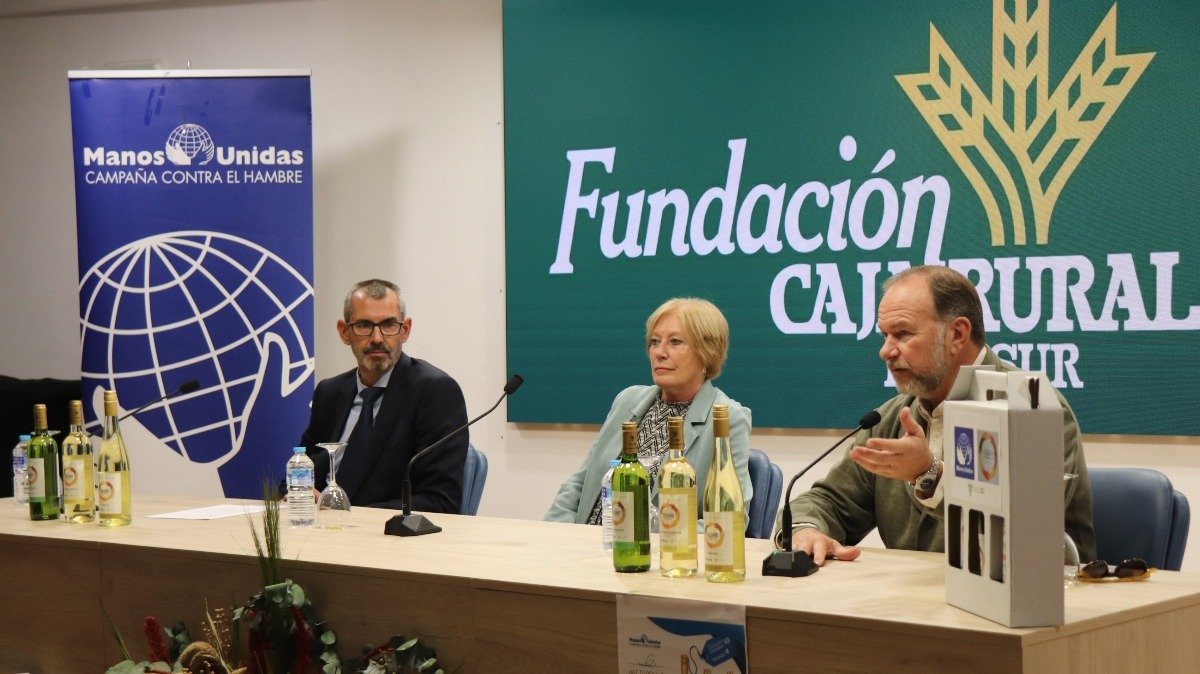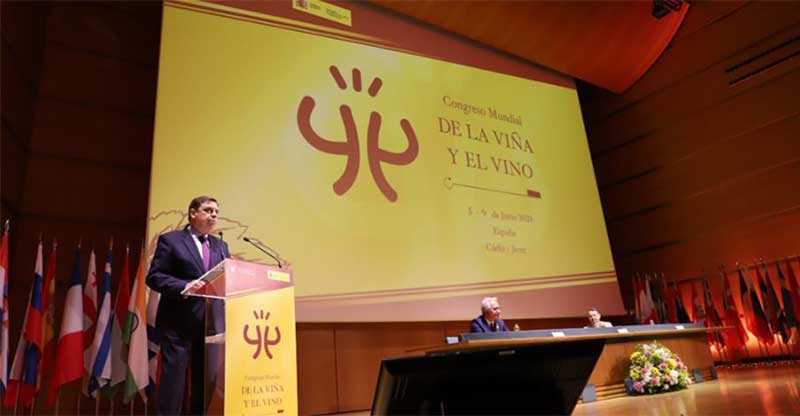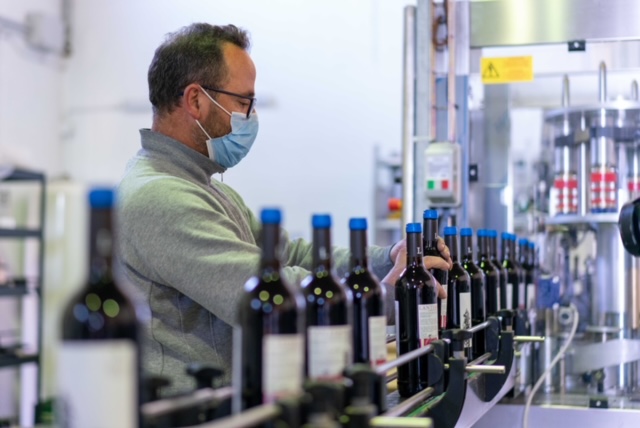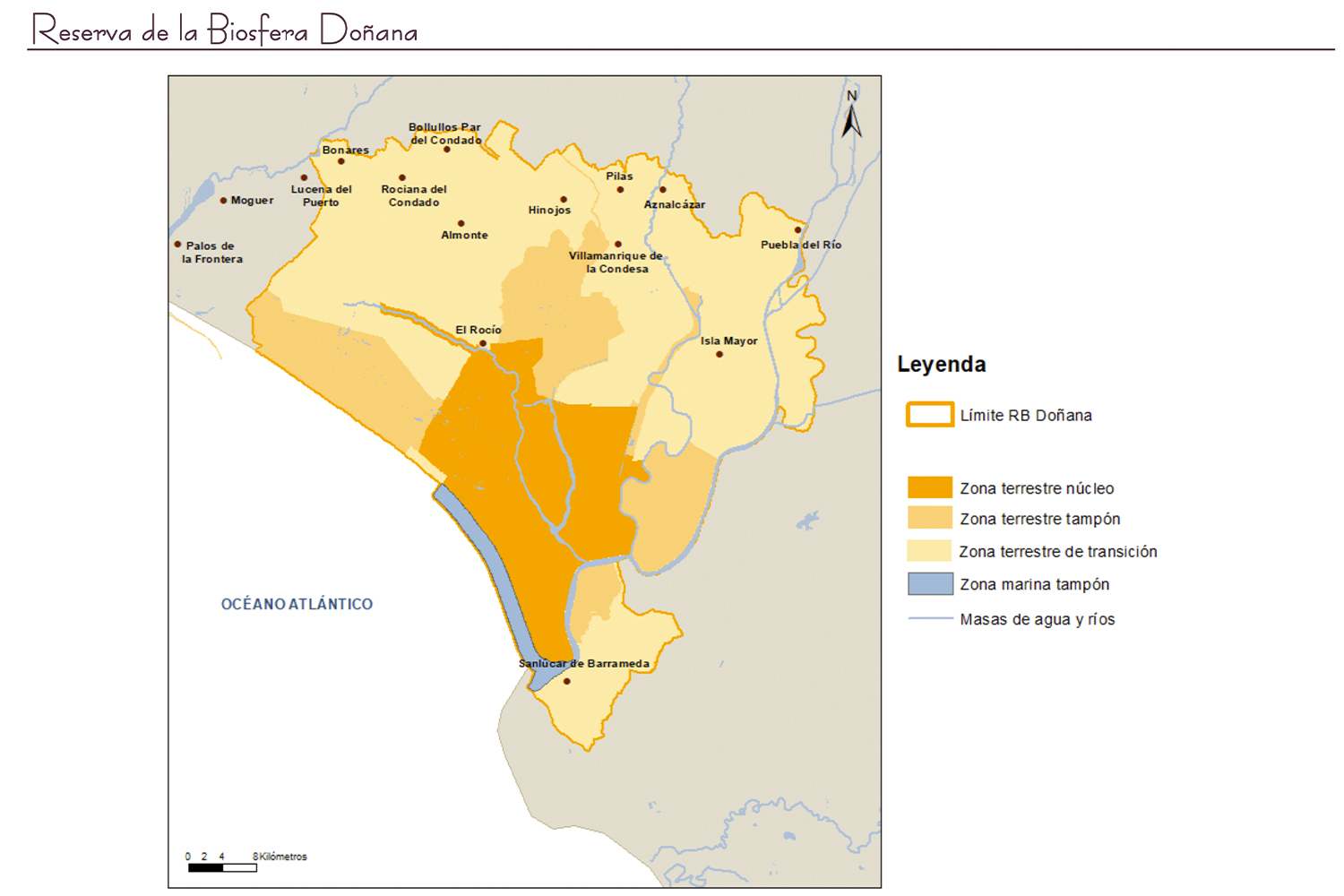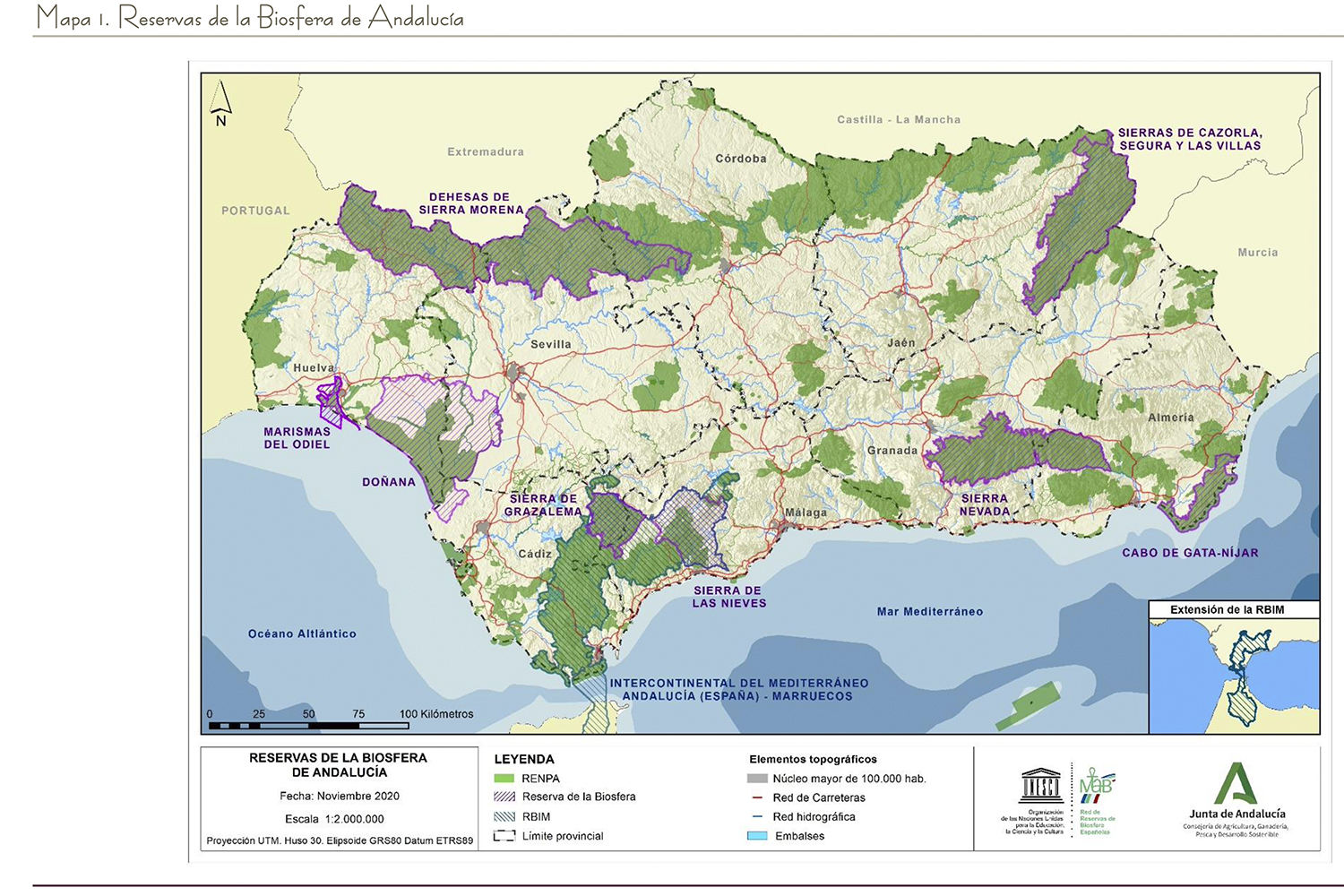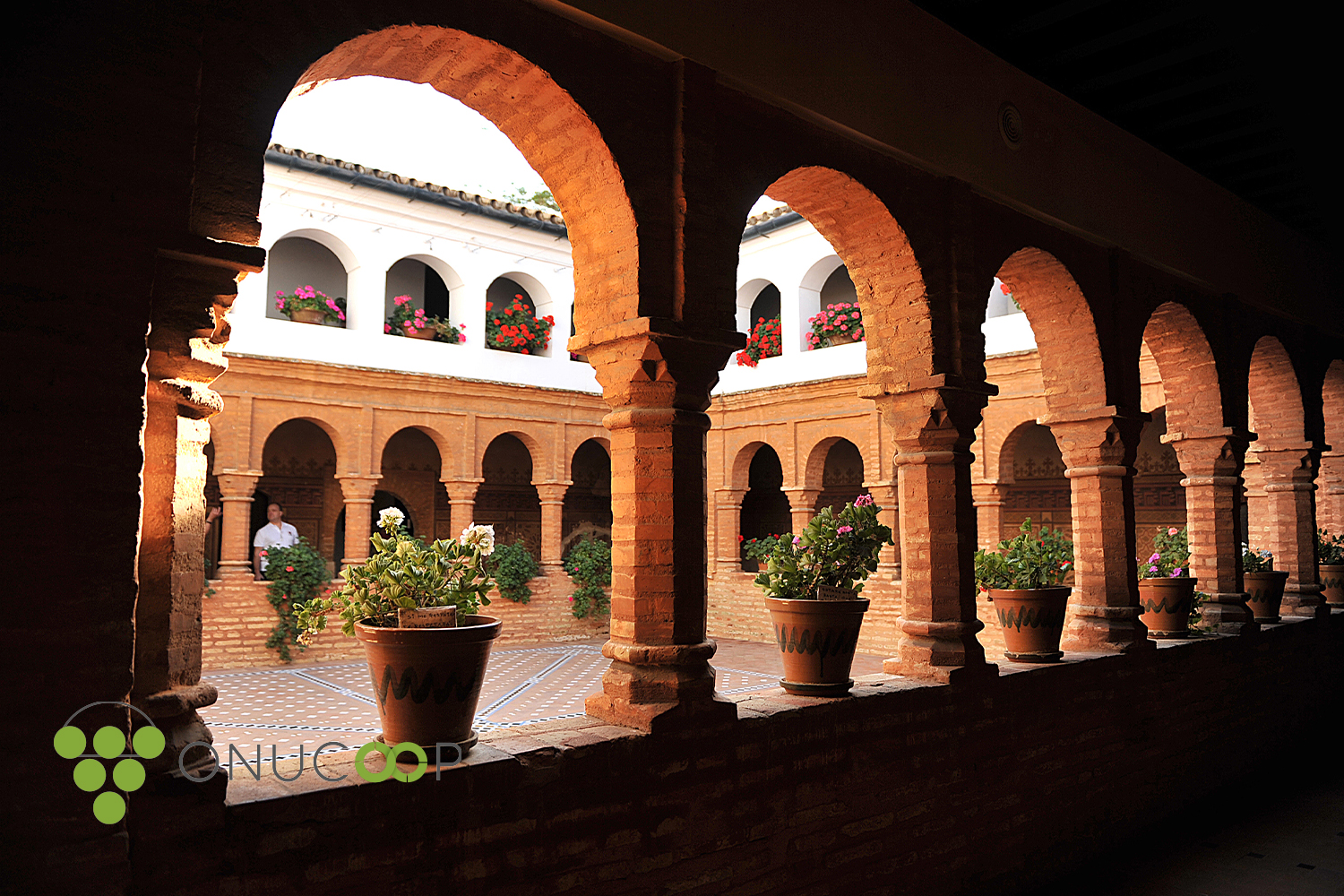Tartessian culture and Huelva County wine
The Tartesos were an ancient people that inhabited the region of Huelva and other parts of Andalusia between the 9th and 6th centuries BC. They are considered the first viticulturists in the region, and it is known that they cultivated the vine for the production of wines and liquors.
The Tartessians stood out for their advanced agricultural techniques and for their ability to trade with other Mediterranean peoples. It is believed that they were the ones who introduced the vine to the region, and that their wine production was highly valued in the maritime trade that they maintained with other towns of the time.
The link between the Tartessos and viticulture and wine production has been documented in numerous archaeological finds, such as amphoras and ceramic jugs used to store and transport wine. Remains of wine presses and grape presses have also been found, demonstrating the importance that the Tartessians attached to wine production.
The influence of the Tartessos in viticulture and wine production has been maintained in the Huelva region throughout the centuries, and has been transmitted from generation to generation. The Condado de Huelva wines, which are produced in this region, have inherited the tradition and know-how of the Tartessos, and are a sample of the rich history and wine culture of the region.

